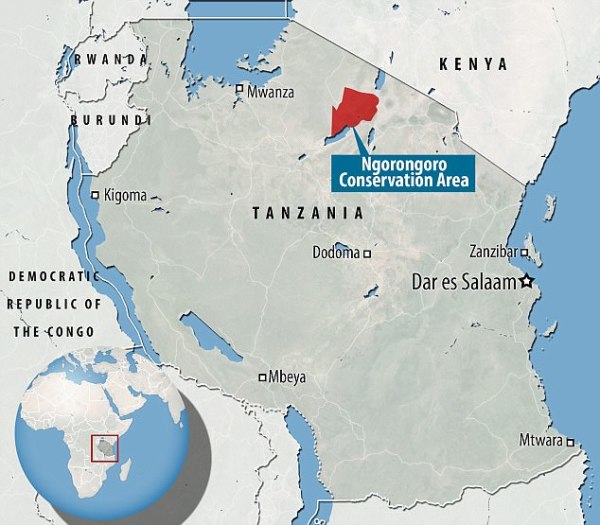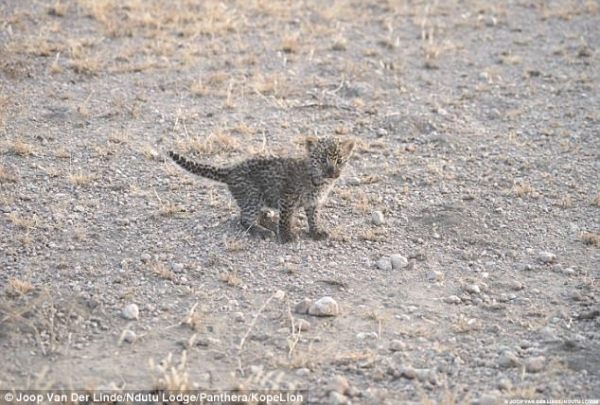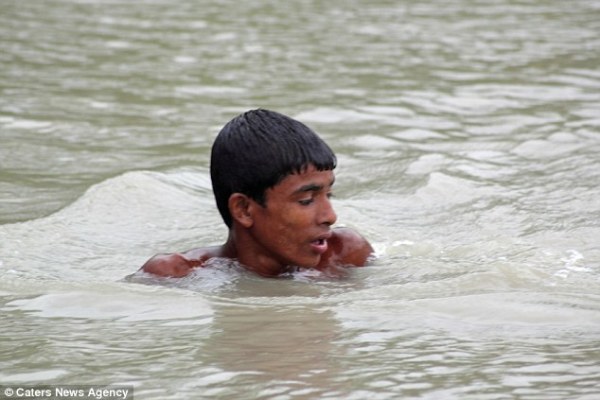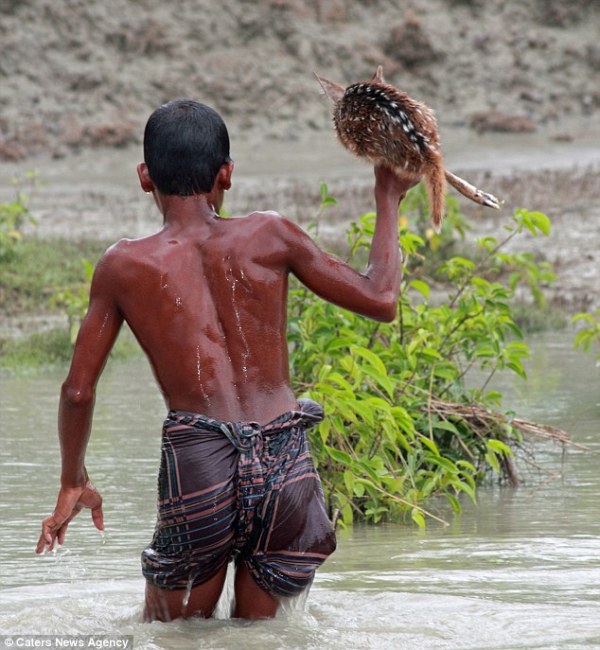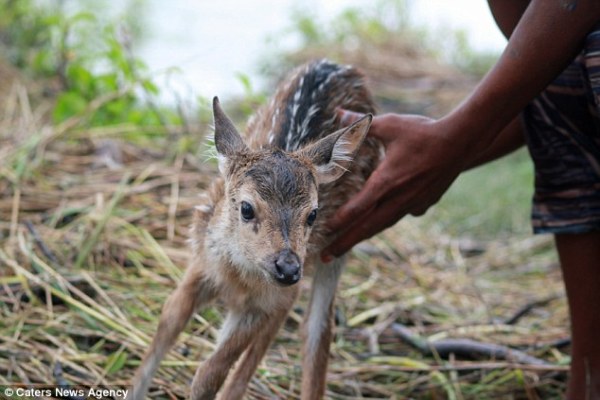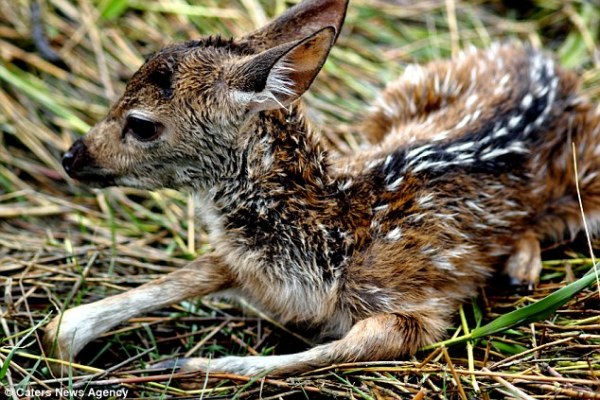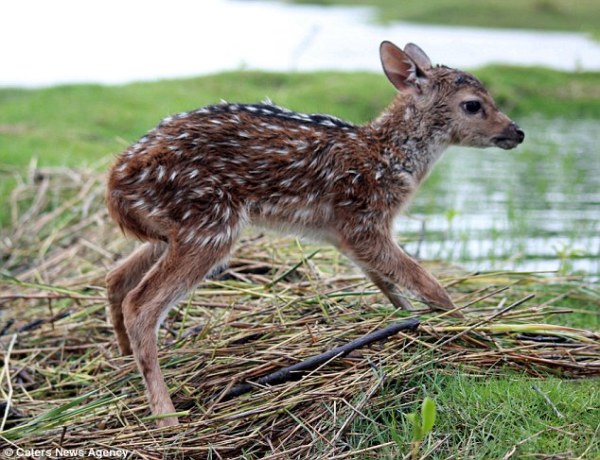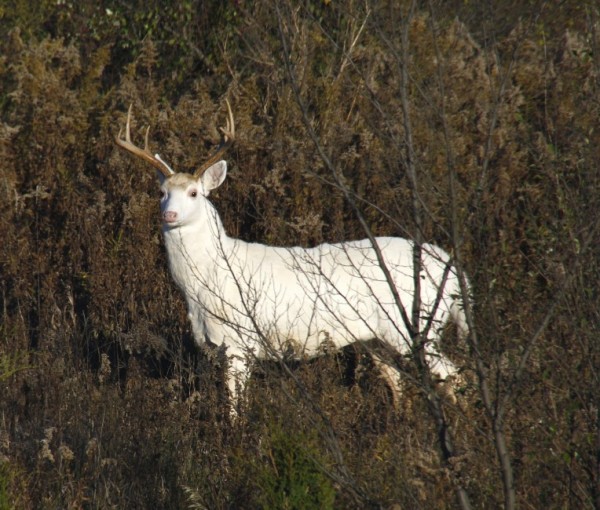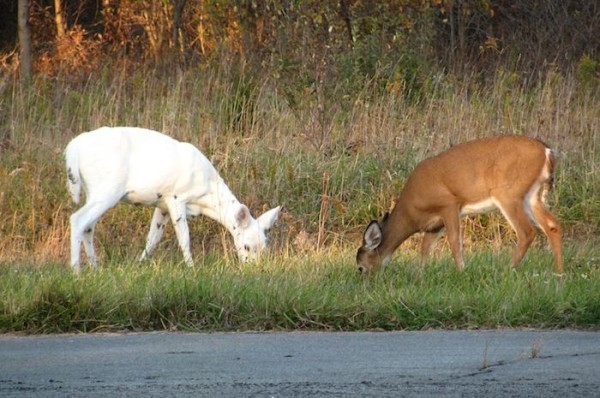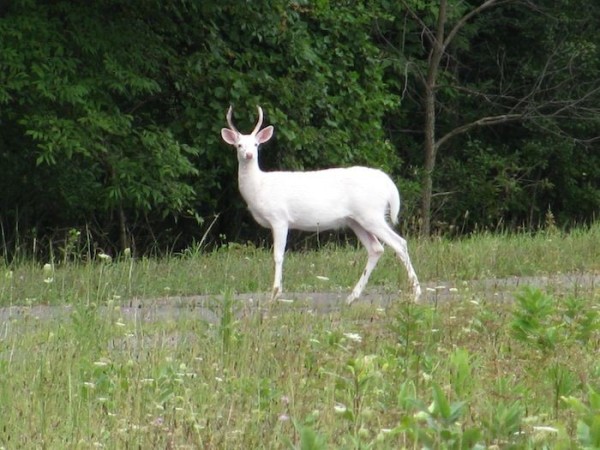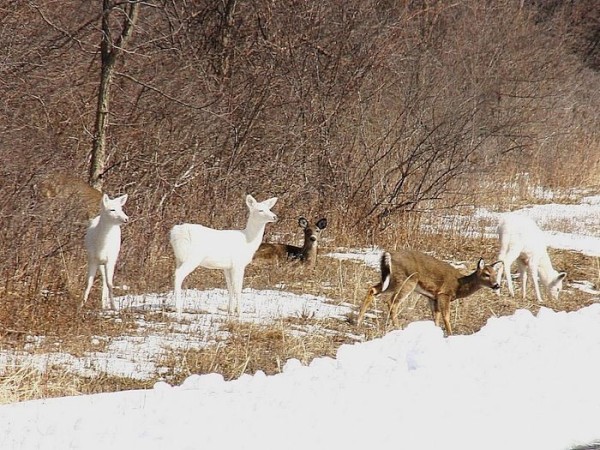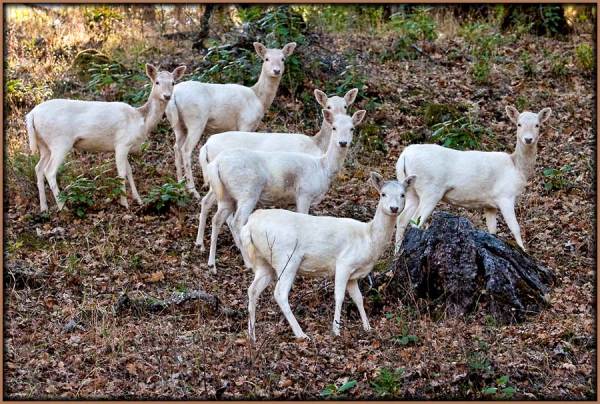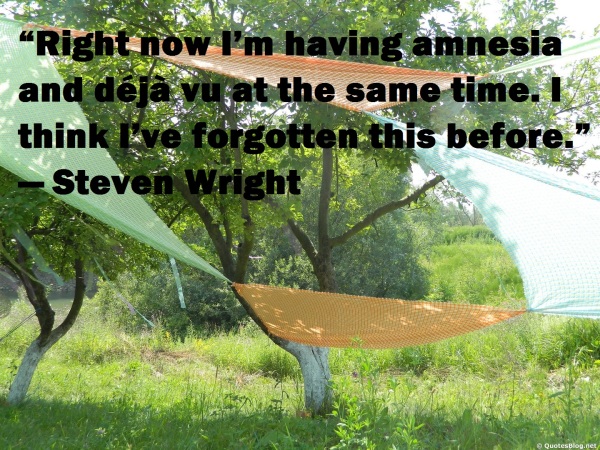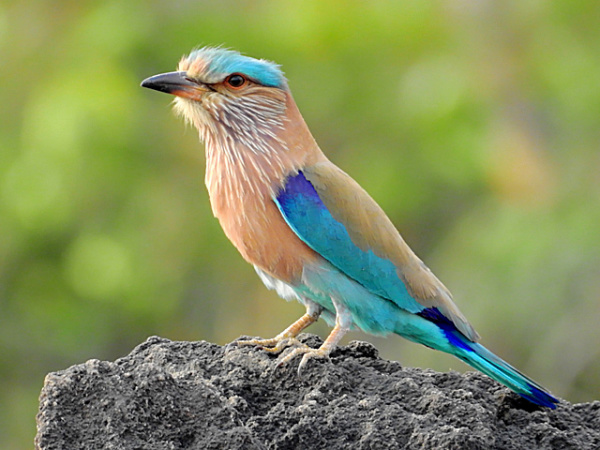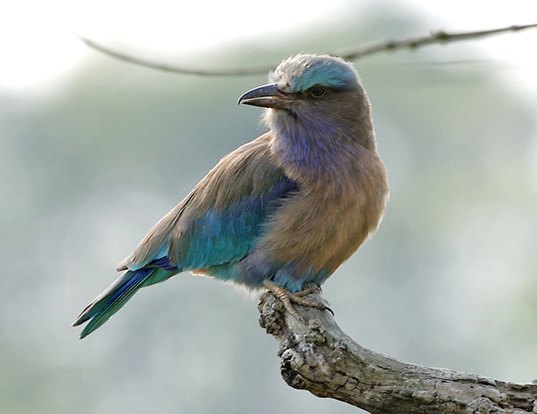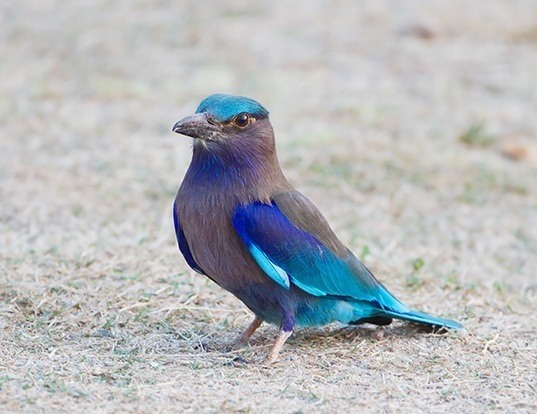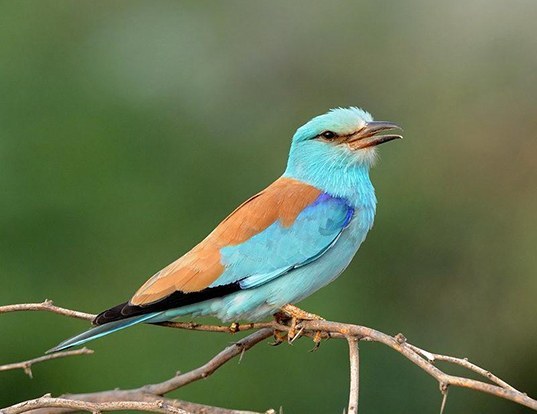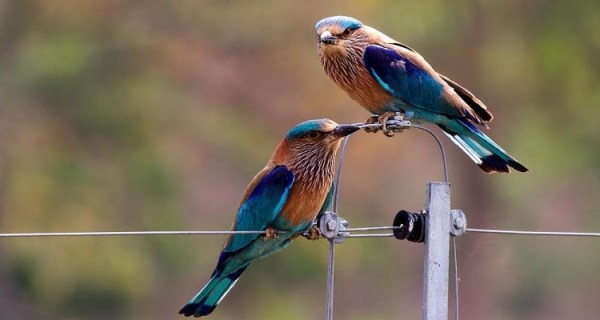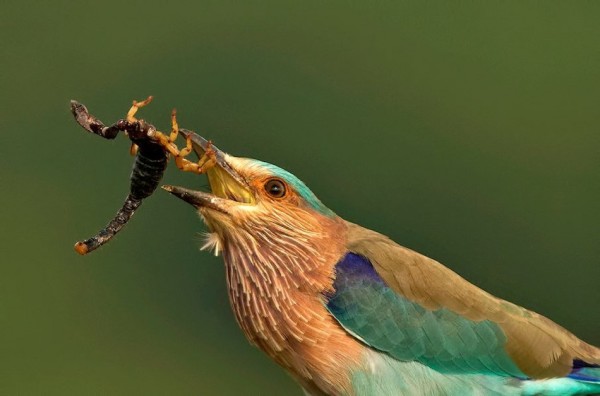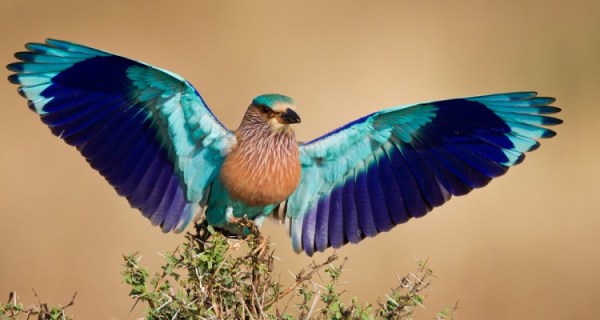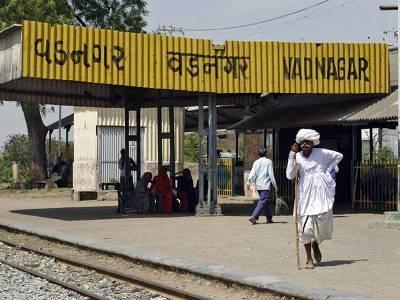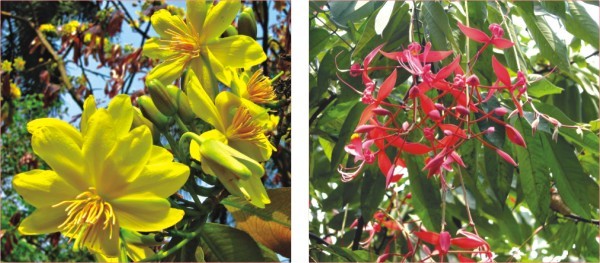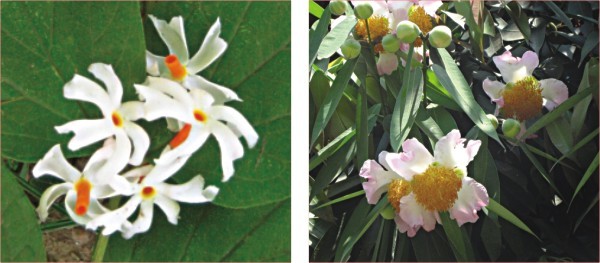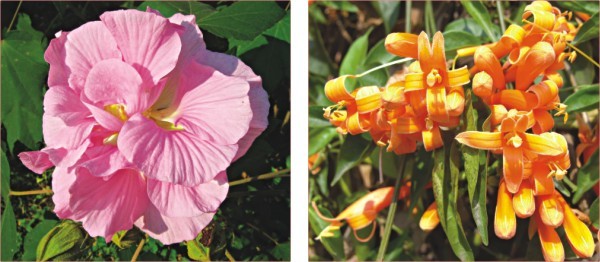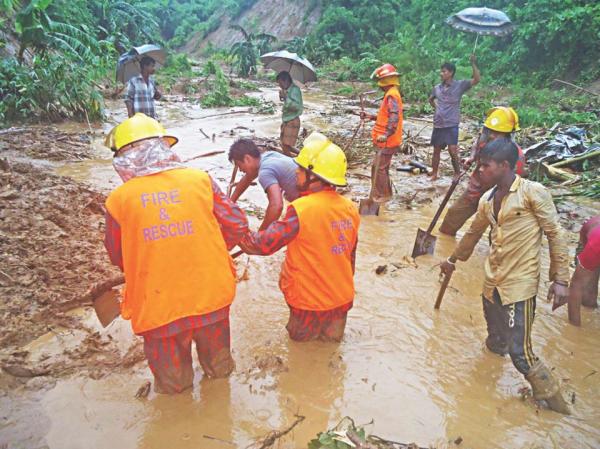 Unusual Motherly Affection!
Unusual Motherly Affection!
|
Posted:Jul 16, 2017 9:48 am
Last Updated:Jul 1, 2021 3:10 am 11249 Views
|
'TRULY UNIQUE'.
The assumption of the wildlife experts that the lions are supposed to kill leopards on sight proved inaccurate after a wild lioness was seen very recently nursing a leopard cub!
The leopard cub was caught on camera suckling on a lioness in the Ngorongoro Conservation Area, Tanzania.
The pictures were taken on July, 11, 2017 and these startling pictures are now considered as first evidence of such inter-species bonding between predators that are normally mortal enemies.
The lioness is radio- collared and called as “ Nosikitok” by the local people.
She has since returned to her pride and to her cubs of same age like the leopard cub some distance from where she was nursing the leopard cub.
However, I can't tell what has happened to the leopard cub. It is assumed that the mother leopard retrieved the cub from what was a temporary lioness day care. I believe like many others that the kind lioness has not killed the leopard cub.
Wildlife experts say this inter-species suckling has never been seen before.
Readers may join me now to see some of the photographs posted here under:
Source: Reuters

|
|
|
8
Comments
|
|
 Fearless act of a Fearless teenage boy!
Fearless act of a Fearless teenage boy!
|
Posted:Jul 13, 2017 9:28 pm
Last Updated:Jul 22, 2017 2:55 am 11245 Views
|
A story of bravery and courage told and retold.
Here below the photos that went viral in 2014 are being re posted once again for enabling the readers to view the pictures afresh and ponder.
The photographs, captured by the wildlife photographer Hasibul Wahab, who happened to be in the area at that time on a photographic trip, would tell a story of bravery and courage of a teenage boy who risked his life to save a drowning baby deer.
The incident took place in one of the southern districts of Bangladesh when the fawn became separated from its family during torrential rain and fast-rising flood waters.
Hasibul Wahab said about the boy: 'He was such a brave boy - the river was so full of water and it was high tide so we thought he might drown.’
Each of the photos will tell the viewers how the story developed frame by frame:
1. Incredible: A brave boy named Belal fearlessly risked his own life to save a helpless baby deer from drowning and held the young fawn in one hand above his head while swimming underwater towards the bank of the river.
2. Fearless: The boy named Belal plunged through the surging river to save the animal
3. Courageous: Belal defiantly held the fawn in one hand above his head on his way to the bank of the river.
4. When he finally made it to the other side the locals cheered as the deer was reunited with its family.
5. Saved: The little deer lives to see another day. Thanks to the boy who jumped into the river and rescued the baby deer.
6.Cute: The fawn rests on the side of the river bank after it was rescued by the brave boy.
7.The baby deer was reunited with its family after it was saved from the river in Bangladesh.
8. The photo of the baby deer saved by Belal.

|
|
|
10
Comments
|
|
 Amazing Wonders of Creation
Amazing Wonders of Creation
|
Posted:Jul 12, 2017 4:50 am
Last Updated:Feb 19, 2019 6:14 am 11214 Views
|
God's Handiwork
Is it not wonderful news for the animal lovers that the rare herd of ghostly white deer could now be seen in the open by the animal lovers from next fall? The herd was kept mostly off-limits to public view for decades apparently to save the herd being killed by the predators and the deer hunters!
The herd is now roaming the 7000-acre Seneca Army Depot in the Finger Lakes and the nonprofit Seneca White Deer will offer bus tours in the area starting in October under an agreement with the depot’s new owner, Earl Martin.
Perhaps, deer lovers know that white deer aren’t albinos but are a genetic variant of native white-tailed deer. However, their color makes them easy targets for hunters. The fate of the herd was in question after the Army decommissioned the site in the year 2000.
“The white deer are a real treasure, and to make them accessible to the public is a dream come true,” said Dennis Money, president of Seneca White Deer, who has been working to preserve the deer for 20 years.
Readers may kindly join me to view the photos of these rare animals here below:
More information about the rare herd of white deer can be obtained from the internet.
Source: AP

|
|
|
9
Comments
|
|
 déjà vu
déjà vu
|
Posted:Jul 9, 2017 9:40 pm
Last Updated:Nov 7, 2023 3:31 am 11065 Views
|
déjà vuWhat is déjà vu?
What does it mean in plain English?
Does it denote experiencing an extreme form of a very common mental illusion?
Alternatively, is it something like experiencing a sudden sensation of loosing balance that may be followed immediately by an intense sense of familiarity?
I have been told that each of us have had a sense of déjà vu at one time or another, a feeling that this has happened before whether we can remember it or not!
Is it really “a weird, occult sensation of having experienced the identical situation before in some prior time or existence”, as described by Joseph Heeller? (Catch-22)
What relationship it has with a sudden feeling of vertigo and what follows immediately after an attack from vertigo?
Is it true that the feeling of déjà vu often happens when people are relaxed and in familiar surroundings?
Anyone can participate in the discussion that may or may not take place here though all are invited to please participate.

|
|
|
13
Comments
|
|
 Neelkanto Bird—the Representative of God!
Neelkanto Bird—the Representative of God!
|
Posted:Jul 8, 2017 3:48 pm
Last Updated:Aug 4, 2017 8:04 pm 10721 Views
|
Indian Roller (Coracias benghalensis).
Indo-Chinese Roller(Coracias affinis).
the Indo-Chinese Roller, has been named Coracias affinis.
The other day I was surprised to read in my favorite newspaper an article informing the readers that my homeland can now boast a new bird that is frequently seen now in the parks of the city of Dhaka. I was surprised to read about this bird because as a bird watcher since long I knew about its presence in this country! Or did I really know? I did not know before reading the article that there exists another group of Roller Bird called Indo-Chinese Roller Bird that is dissimilar to Indian Roller Bird though this group was so long available in the Eastern part of Bangladesh down to Vietnam! The other group called Indian Roller Bird is found in the west Bangladesh down to Iraq.
Anyway, I do not bother if it is really a new bird or if it has been the one that was also being inaccurately called Indian Roller Bird so long instead of Indo-Chinese Roller Bird. Perhaps the mistake continued to remain unidentified so long as both Indian Roller Bird and Indo- Chinese Roller Bird, unlike other countries, are available here but the amateur bird watchers like us failed to recognize the difference between these two groups so long.
The birds of the two groups can be distinguished by carefully observing their colors and the hues and by doing so a bird watcher can identify which one is Indian Roller and which one is different. It is a difficult job, no doubt. Readers may try to recognize each one of the birds by examining the colors and hues of each from the appended photographs.
It may further be noted that Indian Roller is darker than the Indo-Chinese Roller Bird. The Indo- Chinese Roller’s feathers above its bill and on the forehead are markedly blue. It has also a dark line above the eye. “The Indo-Chinese Roller has a turquoise band at the base of the tail as well as turquoise colored outer tail-feathers. While flying, it appears to have two turquoise-blue inward-looking right-angle triangles at the tail-end. The tail of the Indian Roller, on the other hand, has a deep-blue terminal band instead.
The colorful bird shown below is known to each and every Bengali as “Neelkonto”. It is called Indian Roller Bird in English.
The people of the Hindi speaking belt of India call the bird a bit differently! They call it as “NeelKanth” and revered it as the representative of God who delivers their prayers and offerings to God. It is considered as a pure and sacred bird by everyone and is highly sought after one.
It is believed that if anyone sees an Indian Roller bird on the sacred day of the year than it should be considered as a lucky sign for him in all respects! I do not know if there is any truth in such belief of a section of Indian people or not.
However, here in Bangladesh, the bird is known to be the remover of insects and worms from the farm lands and helps the crops to grow healthy.

|
|
|
16
Comments
|
|
 The Rusting Tea stall and The Indian Prime Minister!
The Rusting Tea stall and The Indian Prime Minister!
|
Posted:Jul 5, 2017 1:43 pm
Last Updated:May 13, 2019 3:31 am 10463 Views
|
Damodardas Mulchand Modi, who came from Vadnagar, a small town in the Indian State of Gujarat, was the father of six . He used to run a tea stall located in the small railway station of Vadnagar with the help of one of his male for a living! There was nothing abnormal in doing so. The matter would have escaped everyone’s attention had there not been something newsworthy material in it! One can not expect such story to be newsworthy until unless it becomes known that this particular “Chai wallah” was none other then the father of the current Prime Minister Narendra Modi of India and the who helped Mulchand to sale tea is also none other than the Prime Minister himself!
The tea stall is still there rusting in the railway station of Vidnagar as it not being used now. Damodardas Mulchand Modi, the father of Narendra Modi has died in the year 1989. This small town and the tea stall of the railway station have since come into limelight when the Indian Government authorities decided to restore the tea stall and develop the station as a tourist spot.
“Looking into the historic importance of the stall, we have decided to modernize it,” Culture Minister Mahesh Sharma said as he announced a $15 million project to spruce up Modi’s roots in his hometown of Vadnagar.
The work has already begun and it is expected that most of it will be over by the end of September next. The railway station needed some sort of face lift as it was in a very dilapidated condition. And what a wonderful face lift it is going to get!
Before concluding, I may say that such tea stalls located in the railway stations in the Indian Sub Continent played a great role in making the people of this part of the world addicted to tea drinking !

|
|
|
9
Comments
|
|
 A point to ponder......
A point to ponder......
|
Posted:Jul 4, 2017 11:06 am
Last Updated:May 19, 2021 8:55 am 9981 Views
|
"There is misery,
There is bereavement
And the tormenting anguish of separation in our lives!
Among all these I still find peace
boundless bliss
and eternal endless tranquility."
an extract from the poem of Nobel Laureate Bengali Poet R.N. Tagore...

|
|
|
12
Comments
|
|
 Our seasonal Flowers both wild and planted along Highways, Streets and in Parks!
Our seasonal Flowers both wild and planted along Highways, Streets and in Parks!
|
Posted:Jun 30, 2017 9:33 am
Last Updated:Jul 19, 2018 3:37 am 10565 Views
|
We all know that the term season denotes the climatic condition of any place of this world, associated with a particular time of the year. Those who live in the temperate latitudes in the Western world, usually recognize only four seasons: spring, summer, autumn (fall), and winter. Due to my country’s unique physical location, it has six seasons. The country is also known as land of six seasons: summer, monsoon (rainy), autumn, late autumn, winter and spring
Needless to say here that my intention behind posting this article is not for enlightening my readers about seasons as I am sure that they are well informed about it. The above paragraph is merely an introduction of what I intend to post here next. The appended pictures would surely give hint to the readers what to come next. Yes, dear readers, I intend to make my readers view the pictures of mainly wild seasonal colorful flowers that bloom during each of the six seasons in my beloved country where I live now! Some of these flowers may linger to the early parts of next season.
We consider spring as the king of all the six seasons. Colorful flowers bloom throughout the country during spring both in wild and along the highways and the city streets and in the parks! The whole of Bangladesh turns almost red at this time! The Champa, Palash, Shimul, Konok Chapa, Nageshwar, Pakhiful, and Ashok are all spring time flowers. The Champa is however a golden color flower and not red like other flowers that are seen blooming in spring!
The summer time flowers are mostly of various colors but equally gorgeous to look at while in full bloom! Just look at the uploaded pictures of summer flowers such as Jarul, Duli champa, Shonalu, Melletia and Krishnachura here under:
The Kashful can be seen blooming at the river banks of this country during autumn. The white colored but smaller in size Sheuli flower is known as the queen of autumn! Sthal Padma, Debkanchan, and Raja ashok are all autumn flowers.
The monsoon flowers are mainly Kadom, Chalta, Beguni Crab, and Naglinggom etc. “The other creepers of monsoon like Maloti, Jhumko, Dolonchanpa, Kanthalichampa, Hasnahena, Sonapati, Ulotcondal, Oporajita, Korobi will make the beauty of monsoon accessible to all.”
During winter, we can enjoy the blooming Golden Shower and Shorno Ashok in the northern part of Bangladesh.
Picture Details:
1.Kashful (Autumn)
2.Malatilata (Throughout the year)
3.Krishnachura and Palash ( Summer and Spring)
4.Kanakchapa and Raj Ashok(Spring and Autumn)
5. Shonalu (Summer)
6.Melletia(Summer)
7. Sheuli and Nageshwer (Autumn and Spring)
8.Jarul (Summer ) Pakhiful ( Spring )
9. Sthal Padma and Golden Shower (Autumn and Winter)
10.Kadom ( Monsoon)

|
|
|
14
Comments
|
|
 A Poem for Tisha……….
A Poem for Tisha……….
|
Posted:Jun 27, 2017 7:48 am
Last Updated:Oct 15, 2023 2:22 am 9709 Views
|
Tisha,
I trust that you could surely remember that initially, in diffidence, I always remained at a corner, my tongue-tied and shy like the narrator of the Tagore poem posted below for you to read and recollect those days when I used to be in the room without understanding that my presence in the room was causing annoyance to you constantly in presence of your other beloved ones! The only difference you will find that the narrator of this favorite poem of mine was not an uninvited one like me who used to enter into the room unannounced whenever I discovered you busy making fun with your invited friends!
She was not quite fair
But she was bright
She wore a necklace of coral beads
In great astonishment I used to look at her
With her large black eyes
She looked straight
She was about my age
This adolescent maid.
Her image is still alive in my mind.
The southern gate of the room was open
Against the pale blue sky
The almond tree
With its newly sprouted leaves
Was gleaming in the morning light.
She was dressed in a white sari
Its black borders
Winding around her young tender body
Had fallen on her feet.
On her two lovely hands
Two gold bangles she had.
On holidays at noon
When I read books of stories
On their pages only her image I found.
She used to take me often to a mysterious land
Which an unknown deity creates
Beyond our reach
Beyond my childish dreams.
A fantasy embodied
She cast the tender touch of her invisible shadow
On my body and mind.
To talk to her I was not so bold.
I felt in my heart only a pain
Like a softly sung tune -
She was far, too far,
As far as the highest branches of the shirish
That sends a soft fragrance to the mind.
It was the wedding ceremony of her dolls
I was invited to attend
In great fun
The invitees made gleeful noises
In diffidence I remained at one end
I was tongue-tied and shy
It seemed
That evening passed in vain
I don’t remember what was served on my plate
But I remember to have seen
A pair of feet hurrying back and forth
Covered by the dancing border of a sari.
In a stolen glance I also saw
In her bangles were caught
The pure golden rays of the sun.
In her sweet voice
She made repeated requests
Back home half the night
They resonated in my mind.
Then by and by
We became known to each other more
Freely we began to mix.
I began to call her by her nickname.
I got over my shyness
We began to cut jokes.
Often for made-up mistakes
She was mad with me in a mocking rage.
Sometimes her rude words and cruel jokes
Gave me pain.
Sometimes she blamed me
For my carelessness.
Sometimes I saw her carelessly dressed –
She was busy in cooking
She didn’t feel embarrassed.
For my idiocy which is natural in a male
She used to rebuke me severely
In her arrogance of womanly superior knowledge.
One day she told me,
‘I know how to read palms.’
She took my hand in her hand
And read it with her head bent
She told me
‘You are luckless in love.’
I gave no reply
The real proof, her loving touch,
Conclusively disproved my lucklessness in love.
Yet after all these I cannot forget the pain
I couldn’t know her more!
One can hardly be nearest to what is beautiful
It ever remains far
When nearer it urges one ever
To know it ever more.
My days, filled with joys and sorrows,
Are ending in the western sky
The harshness of summer
Is mellowing in blue
The glow of autumn on golden corn
Is playing the holiday flute.
Laden with dreams
My boat is slowly sailing
To an unknown land.
Hope, you have since finished reading the poem with equal interest like you used to read the poems of the English Gentleman who used to post one of his published poems everyday on his blog pages of this site until such time he found his true partner replacing you!
I trust that you would not disagree that the essence of the above posted poem has been reflected in these few words of the poem uttered by the tanned skin woman:
“You are luckless in love.”
And therefore, my boat has already left the bank of the canal that still flows by the side of your home, and slowly sailing to an unknown land from where no one ever returns!
This is an extract from the unpublished novel “The Tisha Story”.
The poem has been translated from Bengali to English by Kumud Biswas.

|
|
|
13
Comments
|
|
 Horror Strikes Hills—Pictures.
Horror Strikes Hills—Pictures.
|
Posted:Jun 15, 2017 7:02 am
Last Updated:Nov 28, 2021 9:59 pm 9533 Views
|
All the three hill districts of Bangladesh were struck again by a series of deadliest landslides that have claimed 143 lives until Wednesday and the death toll is likely to go up further. Of the 143 victims, 4 were army men, who died on Tuesday while trying to clear a road blocked by landslide in Rangamati. Another 10 army personnel were injured, five of them critically, and one still remain missing! Scores more were hurt and many remained missing while painstaking rescue work still going on. Heave rain, destruction of hills and trees caused the disasters.
The details of each of the pictures are given here under serially:
1. Part of the Rangamati-Chittagong road collapsed in Manikchhari, some 6 km off Rangamati town, yesterday morning, killing four army men. Photo: Anvil Chakma.
2. Workers salvage furniture from a house in Manikchhari of Rangamati after the area was hit by a landslide yesterday. Photo: Anvil Chakma
3. A damaged house in Rangamati. Photo: Anvil Chakma, Sanjoy Kumar Barua.
4. Rescuers scour a landslide spot for missing victims in Lemujiri Aga area of Bandarban Sadar. Photo: Anvil Chakma, Sanjoy Kumar Barua.
5. Mother and relatives of the three siblings wail. Photo: Anvil Chakma, Sanjoy Kumar Barua.
6. Army personnel recover a body of a fellow on Manikchhari-Chittagong road in Rangamati. An army team fell victim to a landslide there while clearing the road. Photo: Anvil Chakma, Sanjoy Kumar Barua.
7. A team of Chittagong district administration asks people living in the city's Motijharna area to move to safety after a few people died in a landslide earlier. Photo: Anvil Chakma, Sanjoy Kumar Barua.
8. An anguished person touches the ambulance taking away his sister's body. Photo: Prabir Das.
9. There used to be a road at the base of this mountain in Rangamati Sadar. But after the landslide the road gave away to create a crater as deep as 50 feet. Now, people can only walk over the amassed soil residue that still holds in place to the sides of the mountain. The photo was taken by Prabir Das in Rangamati Sadar area on June 15, 2017.
10. Fire fighters digging through landmass in Rangamati Sadar on June 15, 2017, searching for missing persons. In Rangamati alone, the series of landslide triggered by torrential rain resulted in 105 deaths. Photo: Prabir Das.
Source and Photo Credits: The Daily Star.

|
|
|
15
Comments
|
|





